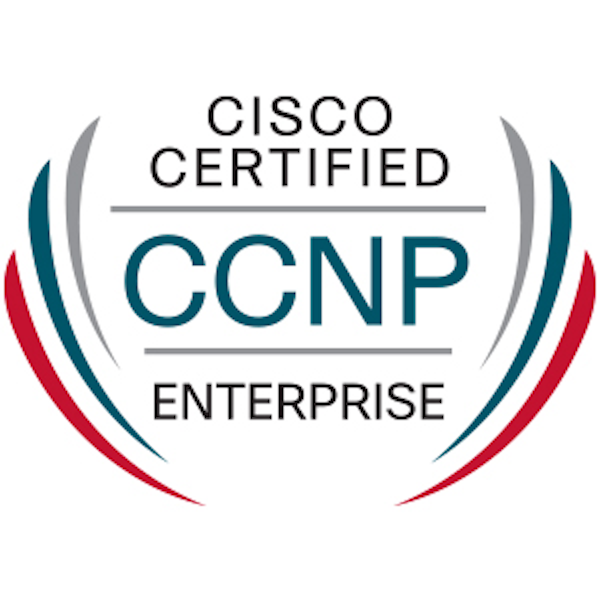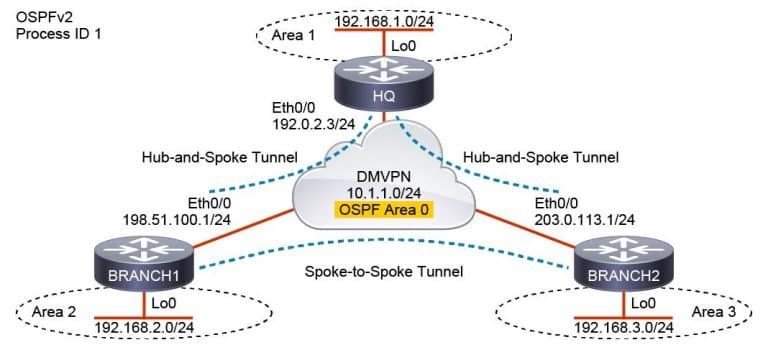CCNP Enterprise ENARSI – Implementing Cisco Enterprise Advanced Routing and Services

The ENARSI Implementing Cisco Enterprise Advanced Routing and Services course is part of the Cisco CCNP Enterprise pathway. The course focuses on the configuration and optimization of advanced routing and service technologies in Cisco Enterprise network environments. The objectives of the ENARSI course include understanding and implementing advanced routing protocols such as OSPF, EIGRP, and BGP; configuring and optimizing network services like QoS, multicast, VPN, and DMVPN; implementing advanced security solutions such as role-based access and Cisco TrustSec; designing and implementing IPv6 networks and migrating from IPv4 to IPv6; troubleshooting and optimizing the performance of Cisco Enterprise networks using monitoring and analysis tools; understanding automation and programmability technologies like Cisco DNA Center and automation with Python; and, finally, integrating and configuring advanced wireless infrastructure solutions. The Implementing Cisco Enterprise Advanced Routing and Services (ENARSI) course prepares participants for the 300-410 exam.
Course Objectives
The main objectives of the Implementing Cisco Enterprise Advanced Routing and Services (ENARSI) Course are:
- Implement EIGRP: Learn to configure and optimize EIGRP for IPv4/IPv6.
- Troubleshoot EIGRP: Acquire skills to diagnose EIGRP issues.
- Master OSPF: Understand and configure OSPF for IPv4/IPv6.
- Optimize OSPF: Learn route summarization and special area configuration.
- Troubleshoot OSPF: Gain skills in diagnosing OSPF problems.
- Route Redistribution: Implement routing between different protocols.
- Learn BGP: Understand BGP basics and configuration.
- Path Control: Implement Policy-Based Routing and BFD.
- Explore MPLS: Learn MPLS basics and VPN architecture.
- Router Security: Secure Cisco routers using ACLs and other features.
Upon completion of the course, individuals should be able to take Exam 350-410 ENARSI to achieve a CCNP Enterprise Certification.
Course Certification
This course helps you prepare to take the:
CCNP Enterprise Certification Exam 350-410 ENARSI
Course Outline
Module 1: EIGRP Fundamentals
- Introduction to EIGRP and its Features: Learn the basics and key features of the EIGRP routing protocol.
- EIGRP Reliable Transport and Operations: Explore how EIGRP achieves reliable packet delivery and understand its operational mechanics.
- EIGRP Configuration: Deep dive into configuring EIGRP in both Classic and Named Mode for IPv4 and IPv6 environments.
- Advanced EIGRP Metrics and Path Calculation: Understand the intricacies of EIGRP metric calculation, feasibility conditions, and optimal path selection.
- Troubleshooting EIGRP: Learn common issues and solutions related to EIGRP topology, stub routing, and summarization.
Module 2: OSPF Mastery
- Introduction to OSPF: A comprehensive look at OSPF features, advantages, and limitations.
- OSPF Hierarchical Structure and LSDB: Examine OSPF’s area structure and the Link-State Database.
- OSPF Configuration: Hands-on configuration of OSPF for both IPv4 and IPv6.
- Special OSPF Areas and Authentication: Explore the purpose and configuration of OSPF stub areas, NSSA, and OSPF authentication methods.
- Troubleshooting OSPF: Understand common issues and solutions involving OSPF adjacencies and routing issues.
Module 3: Route Redistribution
- Basics of Route Redistribution: An introduction to the concept of redistributing routes between different routing protocols.
- Implementing Route Redistribution: Practical steps for implementing route redistribution and setting default metrics.
- Filtering and Manipulation: How to use Distribute Lists, Prefix Lists, and Route Maps for route filtering.
- Caveats and Troubleshooting: Identifying common pitfalls in route redistribution and how to troubleshoot them.
Module 4: BGP (Border Gateway Protocol)
- Introduction to BGP: Understanding BGP fundamentals and its role in modern networks.
- BGP Neighbors and Path Attributes: How BGP forms neighbor relationships and uses path attributes for decision-making.
- BGP Configuration: Implementing BGP, focusing on IBGP and EBGP configurations.
- Optimizing BGP: Techniques for fine-tuning BGP performance, including attribute manipulation and peer groups.
- Troubleshooting BGP: Identifying and solving issues related to BGP neighbor relationships and path selection.
Module 5: Path Control Techniques
- Need for Path Control: Explore the requirements for controlling packet flow in network paths.
- Policy-Based Routing: Detailed look at PBR features, benefits, and configurations.
- Bidirectional Forwarding Detection: Understanding BFD and its operational modes for rapid fault detection.
- Path Control Mechanisms: Various methods for controlling the selection of network paths.
Module 6: MPLS Overview
- Introduction to MPLS: Understand the features, benefits, and terminology of MPLS.
- MPLS VPN Architecture: Delve into the architecture of MPLS-based VPNs, including PE routers and VRF.
- MPLS Routing and Forwarding: Learn about Label Forwarding, FEC, and how MPLS interacts with existing routing protocols.
- MPLS Security and Optimization: Explore security concerns and how to optimize MPLS networks.
Module 7: Cisco Router Security
- Access Control Lists: In-depth look at IPv6 ACLs and how they are used for packet filtering.
- Control Plane Security: Introduction to securing the control plane of Cisco routers.
- AAA and SNMP: Detailed explanation of AAA (Authentication, Authorization, and Accounting) and SNMP for network management.
- Advanced Security Techniques: Learn about Unicast Reverse Path Forwarding (uRPF) and its configuration.
Lab outline
- Implementing EIGRP
- Optimizing EIGRP
- Troubleshooting EIGRP
- Implementing OSPF
- Optimizing OSPF
- Troubleshooting OSPF
- Implementing Internal Border Gateway Protocol (IBGP)
- Optimizing BGP
- Implementing MP-BGP
- Troubleshooting BGP
- Configuring Redistribution
- Troubleshooting Redistribution
- Implementing Path Control
- Exploring MPLS
- Introducing MPLS L3 VPN Architecture
- Introducing MPLS L3 VPN Routing
- Configuring Virtual Routing and Forwarding (VRF)-Lite
- Implementing DMVPN
- Implementing DHCP
- Troubleshooting DHCP
- Introducing IPv6 First Hop Security
- Securing Cisco Routers
- Troubleshooting Infrastructure Security and Services
Course Mode
Instructor-Led Remote Live Classroom Training;
Trainers
Trainers are Cisco Official Instructors and certified in other IT technologies, with years of hands-on experience in the industry and in Training.
Lab Topology
For all types of delivery, the Trainee can access real Cisco equipment and systems in our laboratories or directly at the Cisco data centers remotely 24 hours a day. Each participant has access to implement the various configurations thus having a practical and immediate feedback of the theoretical concepts.
Here are some Cisco Labs network topologies available:

Course Details
Course Prerequisites
Before taking this course, you should have:
- General understanding of network fundamentals
- Basic knowledge of how to implement LANs
- General understanding of how to manage network devices
- General understanding of how to secure network devices
- Basic knowledge of network automation
These Cisco courses are recommended to help you meet these prerequisites:
Course Duration
Intensive duration 5days
Course Frequency
Course Duration: 5 days (9.00 to 17.00) - Ask for other types of attendance.
Course Date
- CCNP Enterprise ENARSI course (Intensive Formula) – On request – 09:00 – 17:00
Steps to Enroll
Registration takes place by asking to be contacted from the following link, or by contacting the office at the international number +355 45 301 313 or by sending a request to the email info@hadartraining.com


